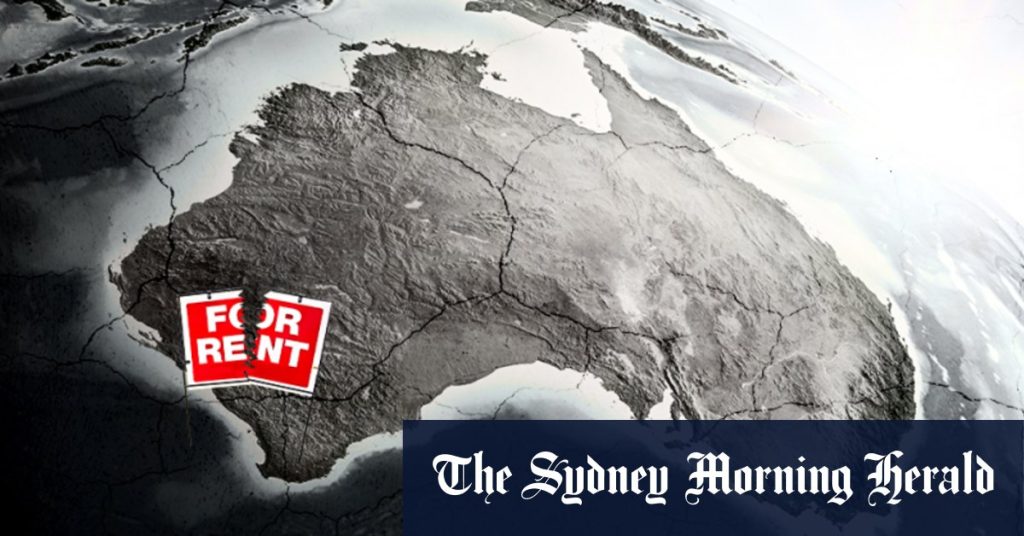There is a significant housing shortage in Western Australia, with an annual shortfall of around 13,000 dwelling units due to rapid population growth driven by immigration. As a result, approximately 32,000 people are living in makeshift accommodation in the state. Despite a high pace of housing construction over the past 15 years, the number of new arrivals far exceeds the number of new dwellings being built. The state government is offering incentives to AirBnB owners to rent to long-term tenants in order to alleviate the tight rental market.
The federal government has reduced Australia’s migrant intake, which is expected to ease some of the population pressures in Western Australia. However, it is important to strike a balance between managing population growth and ensuring access to skilled labor for the growing economy. WA Liberal leader Libby Mettam criticized the state government for its handling of the housing shortage, stating that only 114 homes were added to the net total of social housing in the first seven years of Labor’s tenure. She believes that other governments around the world are doing a better job of managing the issue.
The latest CoreLogic data shows that rental rates in Western Australia have increased by 13.9% annually, the highest in the nation. However, there are signs that the rental market is easing as Perth’s median rents have remained unchanged at $650 per week for two consecutive months. New supply is coming onto the market, particularly in the northern corridor, and some tenants are moving into homes they have built, freeing up established supply. Despite this, there is still stiff competition for more affordable housing options.
Overall, the state government is facing challenges in addressing the housing shortage in Western Australia, with a significant shortfall of dwelling units and a high demand for affordable rental properties. The government is taking steps to support people impacted by the tight rental market, including offering incentives to AirBnB owners to rent to long-term tenants. While there are signs that the rental market is easing slightly, there is still a need for additional housing supply to meet the needs of the growing population in the state. Balancing population growth with access to skilled labor remains a priority for the government as they work to address the housing crisis.













